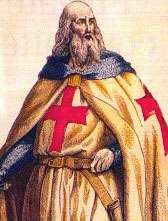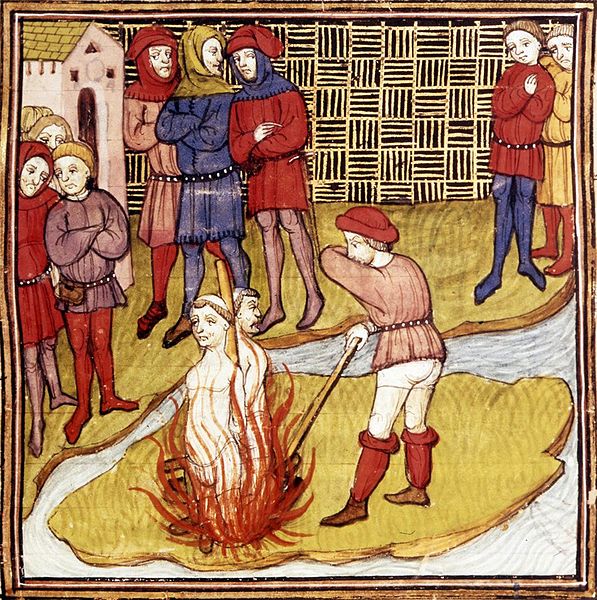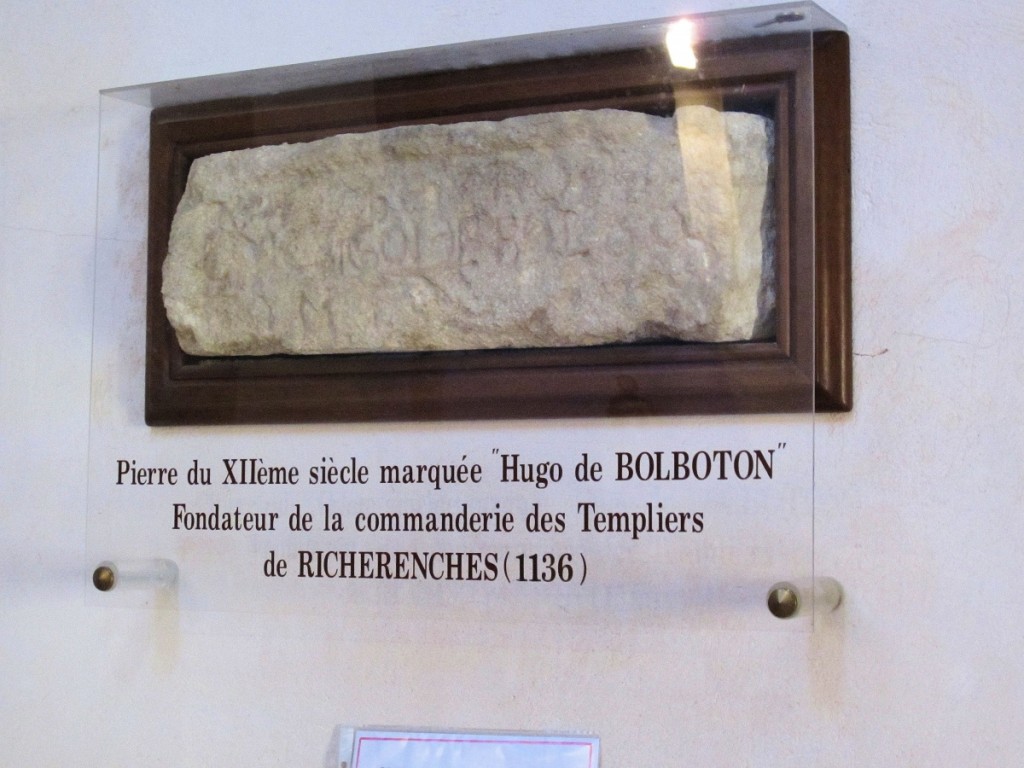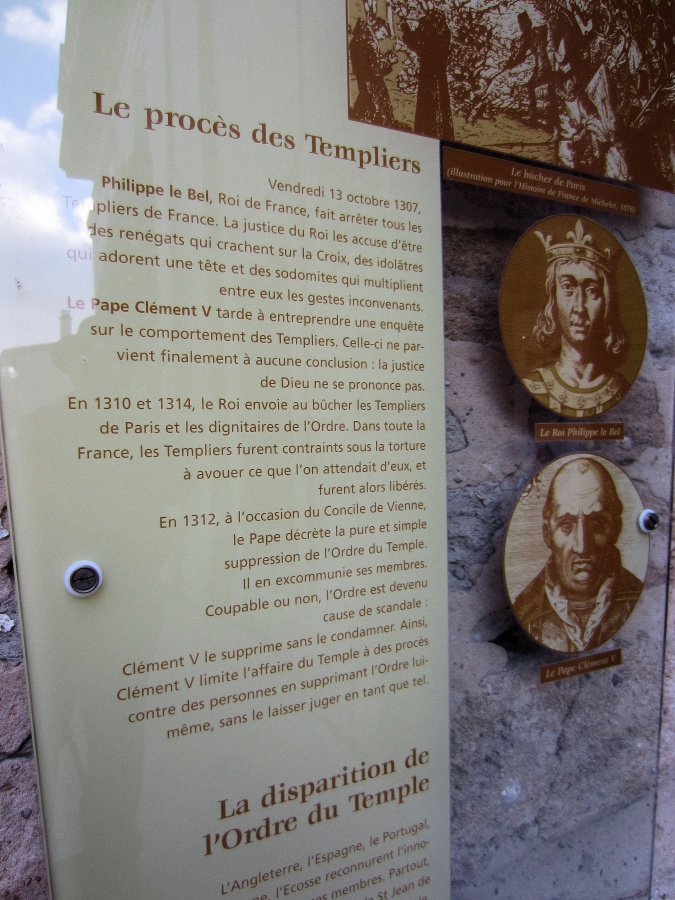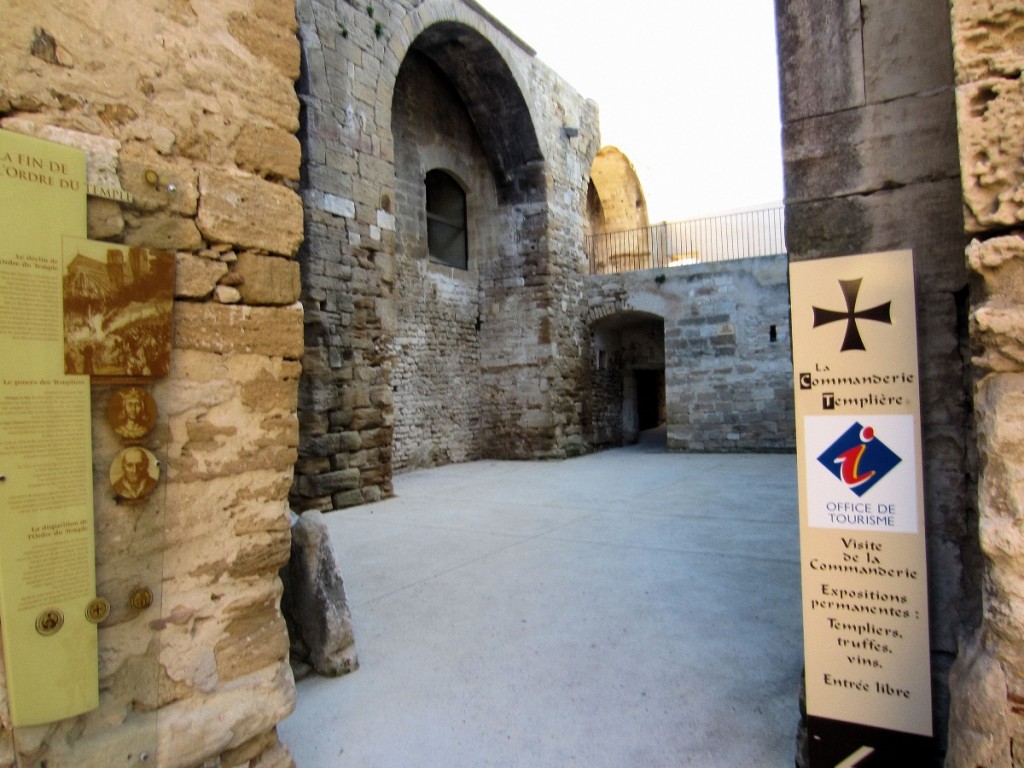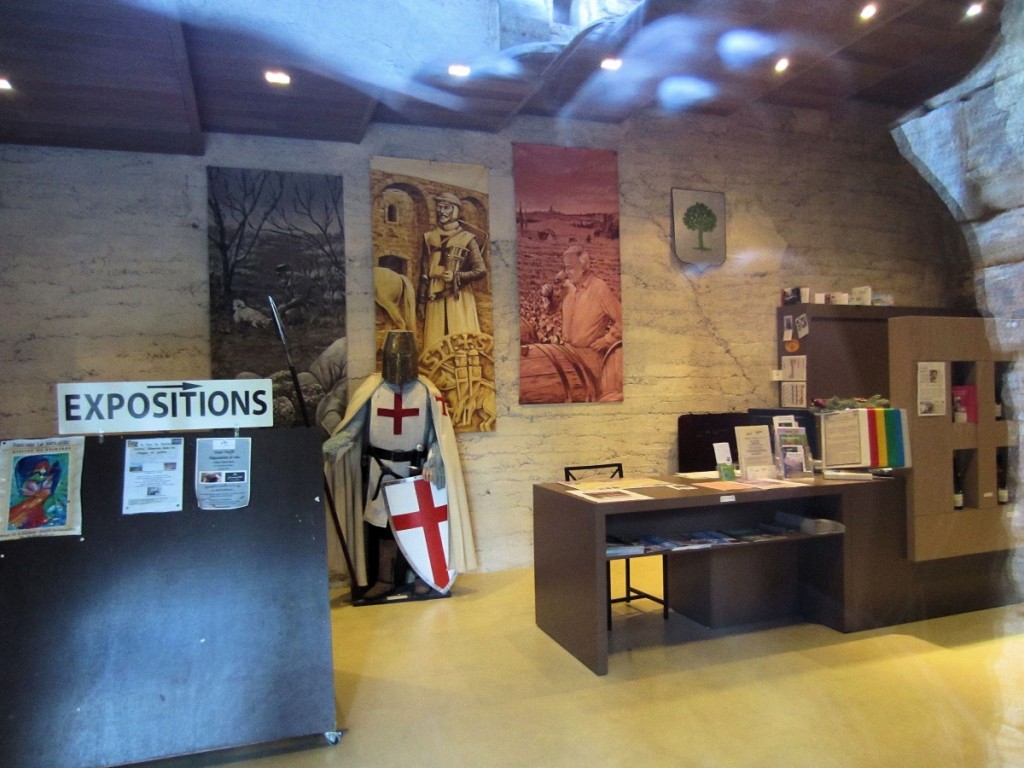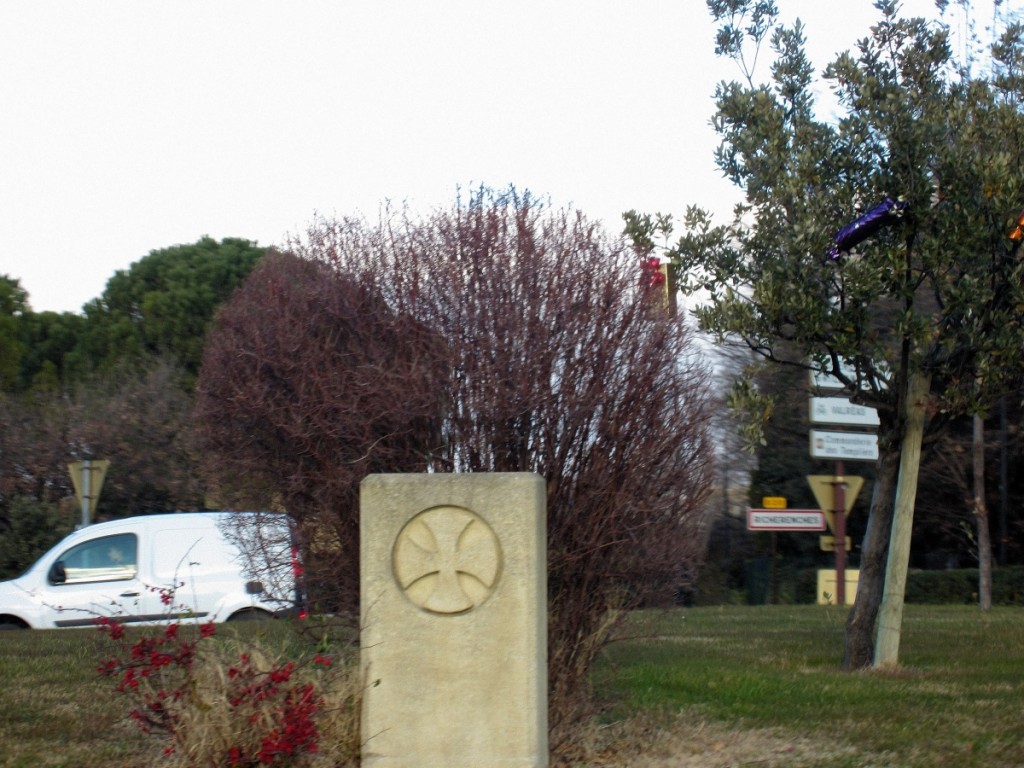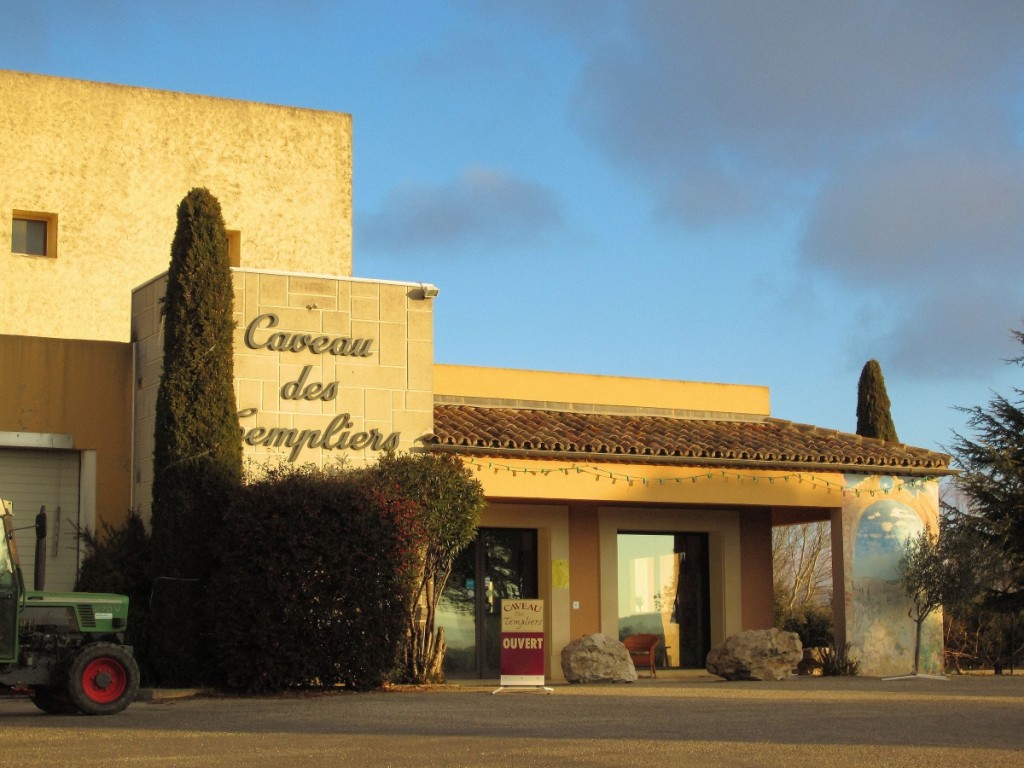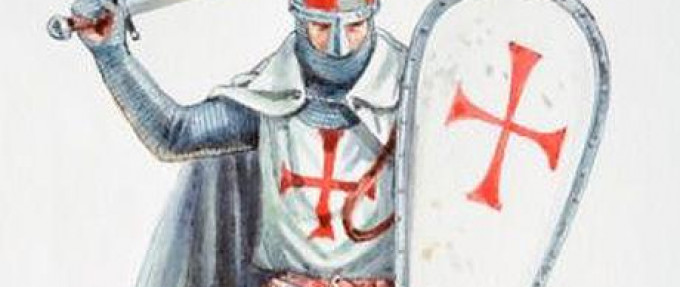
The Knights Templar in Provence
One of the ironies that surrounds the story of the Knights Templar – the Warrior Monks as they came to be known, is that they were formed in Jerusalem around the year 1118 as the “Order of the Poor Knights of the Temple of Solomon”, to protect the newly established Kingdom of Jerusalem maintain it’s security, and protect pilgrims visiting the Holy Land at the end of the First Crusade of 1096. However, it is speculated that their end which was first initiated in the year 1307 and completed by 1312, was brought about by the fact that they had amassed extreme wealth and influence. They were brought down in a rather spectacular fashion by King Philip IV (Philip the Fair of France) who was heavily indebted to the Knights Templars, and Pope Clement V who had established the Popes in Avignon in the year 1309.
The disbanding of this Order began on Friday 13th of October 1307, when Philip ordered all of the Templars in France to be arrested and imprisoned for “Satanism and other unnatural acts and practices.” Many were found guilty after torture-encouraged confessions and others for refusing to confess. In March 1314, Jacques de Molay, the leader of the Knights Templar, who had spent the previous several years in prison for being a relapsed heretic was burned at the stake on the Ile-des-Javiaux in the River Seine.
During the nearly two hundred years that the Knights Templars operated between Western Europe and Palestine, the “Templars” as their official title was abbreviated to, not only set up secure routes for pilgrims traveling from Europe to the Holy Land, but also established the first “Banking System”.
When men joined the Order, they took an oath of poverty and donated all their wealth and lands to the Knights Templar, and in 1127 when they received their first large donation of land, it began a flood of many such donations and special privileges granted to the Order by various Monarchs and Popes. This together with the spoils of battles, lead to the amassing of a true fortune, and a great deal of power, having received an edict from the Pope which gave them authority to operate across the borders of many countries, but made them answerable only to Pope himself.
The Order was the first bankers who set up the basis of the system that is still in use today. Their banking activities included, loans to Monarchs of both England and France to finance the Crusades, transporting money and valuables between Palestine and Europe, lending money to pilgrims traveling to the Holy Land and setting up a system whereby a landowner leaving to travel to the Crusades or on a Pilgrimage, could deposit their assets with the Knights Templar in their home country, and travel with a form of a Letter of Credit, which enabled them to make withdrawals from their account at other locations.
The Knights Templar set up an extensive network of Commanderies from Europe to Palestine. These Commanderies were support bases for the Knights and Pilgrims whilst on their journey. They also served as training centers for young knights in training and retirement centers for older knights. The support systems included not only the knights who were the heavy cavalry, but assistants to these knights, known as sergeants who were equipped as light cavalry and drawn from a lower social class than the knights. There were farmers who worked the land for the production of food, and other agricultural products such as corn, wool, oil and cattle that were used locally as well as to supply the Holy Land – they cared for and administered the properties. The spiritual life of the Order was seen to by the Chaplains of the Commanderie, who were all ordained priests.
Provence has a number of towns that were home to Commanderies of the Knights Templar. Close to Sablet and our vacation rental homes there is a particularly good example of such a main Commanderie in the town of Richeranches. Here, the Commanderie was erected on land donated by Hugo de Bolboton, a local land owner who was committed to the cause of the crusades. The fortified structure followed a common square courtyard layout with a Chapel and a refectory at opposite ends of the structure. Although many of the original buildings of this Commanderie have been destroyed or incorporated into other structures of the village, the Refectory building, the Dining and Meeting Halls of the original Commanderie is still intact and perhaps one of the best preserved in Europe. The Commanderie in Richeranches became an important center for horse breeding. The constant need for horses during this time of warfare required a steady supply of sturdy animals and Richeranches horses became known as the best breed to carry the burden and heavy armor of the knights during battle.
The Commanderie at Richeranches carried a high designation on the same level as those of Aix-en-Provence and Arles, and therefore had subsidiary Commanderies in Orange, Roaix, Villedieu and Montélimar, with other support centers for the Templars in Cairanne and Vacqueyras.
Despite the uncertainty associated with this group of Warrior-Monks, certain aspects of their legacy appear to be remarkable. Their temporal contribution to the safe transit of the pilgrims was direct and real, but their ongoing contribution to the modern facility of international banking may be their real legacy.
Since the official disbanding of the Knights Templar, many myths have persisted including stories of – treasure found at the Temple Mount in Jerusalem and hidden by the Templars; the Knights possession of the Holy Grail and the Ark of the Covenant; Recent authors in books of historical fiction have linked them to them to the Rosicrucians, the Priory of Sion, the Rex Deus, the Cathars, the Hermetics, the Gnostics, the Essenes, and, ultimately, lost relics or teachings of Jesus such as the Shroud of Turin or a “Judas Testament.” Interest in some of these claims has been sparked by The Da Vinci Code by Dan Brown.


